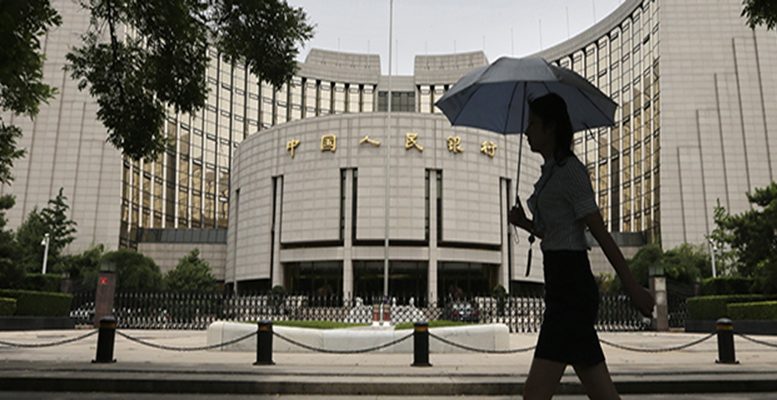Alicia García Herrero (Natixis) | China’s debt-to-GDP ratio continued to decrease in Q4 2021 to 264.3% from 266.5% in Q3. Notwithstanding the deleverage path in 2021, the debt is still much higher than the pre-pandemic one (247.5% in Q4 2019).
Chinese corporates contributed the most to the deleveraging process, as their debt to GDP ratio further dropped to 155.1% in Q4 2021 from 158.3% in Q3 2021. Because of the decelerating growth rate in mortgage loans, the household sector also saw its debt ratio slightly came down from 62.4% in Q3 2021 to 62.2%. The decline in both household and corporate debt ratios was consistent with the slowdown of the Chinese economy towards the end of 2021, reflecting lower demand for funding.
At the other extreme, the public sector continued to expand its debt, even as a ratio to GDP, in order to stimulate the economy. Over the last quarter of 2021, central government debt has increased from 19.9% of GDP in Q3 2021 to 20.4%. The on-balance sheet local government debt rose from 26.0% to 26.6% of GDP. The increase in public debt also occurred in the off-balance sheet, namely through the borrowing of special purpose vehicles (LGFVs). According to our estimates, the off-balance sheet public sector borrowing have increased by 5.3% over Q4 2021, and this was nearly 1 percentage point increase in terms of the debt-to-GDP ratio.
Overall, China’s debt ratio experienced a reduction throughout 2021 from its earlier peak, led by the corporate sector, but there was a steady increase in public debt. Aside from the quick rebound in GDP which helped to ease the denominator effect, the declining debt also signaled China’s relatively tightened financial measures to contain debt expansion. These tightening measures have not derailed growth too much as 2021 ended with over 8% real GDP growth rate.
However, the economic situation will be different for 2022, as China’s economic growth continues to slow down on a less favorable base effect, so the Chinese government has had to embark on laxer monetary and fiscal policies to bolster the economy. This should lead to renewed leverage, even from the corporate and household sectors.





